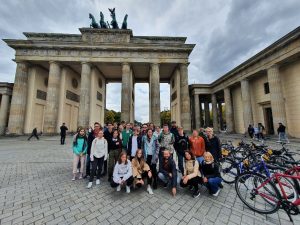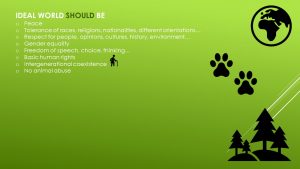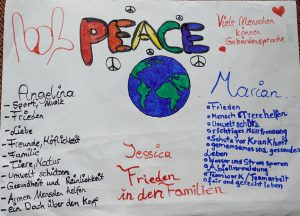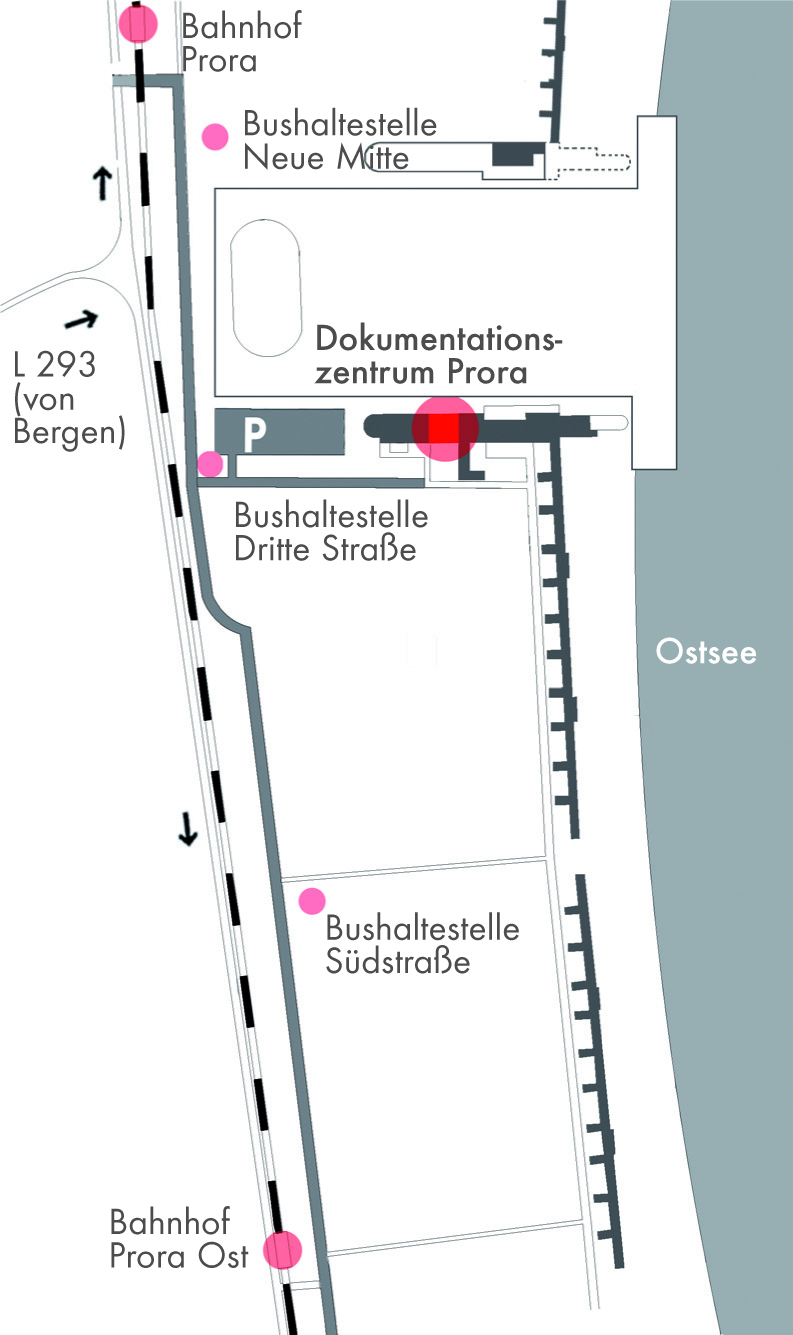project curtains and walls
Curtains and Walls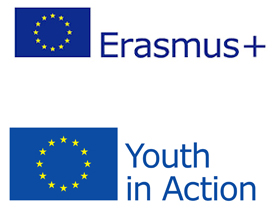
The project „Curtains and Walls“ is the first in the planned series „طخ / دودحلا – Borderline – Border / Line – Meja / Linje“, which we implement together with our European partners within the framework of the „Erasmus+ / Youth in Action“ program. It was hosted in the fall of 2022 by the Documentation Center Prora in Berlin and on the island of Rügen.
Our project partners:
- LUNG, Adult Education Center in Nova Gorica / Slovenia
- MS 5-Middle School for Klagenfurt at Wörthersee-Wölfnitz and Vienna (HLMW 9 – Branch for Hearing-Impaired / Higher School of Fashion and Business) / Austria / Carinthia
- Regional School Sassnitz on Rügen
- ARBOS – Company for Music and Theatre, Klagenfurt, Salzburg and Vienna
The Italian twin city Gorizia has already been won for the follow-up project in Nova Gorica in spring 2023. Jerusalem is in planning.
The idea: Young people (ages 13 to 20) should meet in their respective home locations and get to know themselves and the perspective of the „other“ in a project series on the topic of borders and overcoming borders. All cooperation partners mostly have experience with concrete border fortifications between countries, which had to and still have to be overcome, leaving traces in everyday life until today.
Eight young people from Sassnitz on Rügen, Nova Gorica, and Klagenfurt/Vienna had the opportunity in the „Curtains and Walls“ project to meet and engage with perspectives on both sides of the wall or borders. They bring their own experiences from their home locations, explore how borders determined everyday life, how they were and are overcome, and how the resulting changes are seen by those affected. What has this meant for their lives? Can similarities be found or emerge in view of the question, how do we want to live?
Overcoming communication barriers is also a special topic. The hearing-impaired youths were able to convey their own perspective in the project. All youths and supervisors learned something about sign language.
Explanation video of the sign language alphabet
The project focuses on several key areas:
- Cross-border youth encounters
- Deepening historical knowledge
- Inclusion
- Perspective change
- Joint learning of international teams of different age groups with English communication and sign language
- Cooperation with European partners in youth encounters and exchange at the multiplier level
We documented, filmed, photographed, interviewed, posted, and created graffiti to capture the experiences on our tour to authentic sites in Berlin and Rügen. This resulted in very diverse and impressive presentations prepared by the youth in teams.
Report on the project days in Berlin and Prora:
Arrival in Berlin (25.9.2022)
Every project begins with the exciting moments of the first encounter. So did our project, except in this case the participants came from three different countries. Three countries, three arrival times. Fortunately, everything went well, and by the evening all participants gathered at the Amstel-House Hostel Berlin. Challenges always exist. Especially with 35 participants. Particularly regarding how each individual learns about their „new“ neighbor. That’s why all groups created a short video about themselves before the trip. These were shown as an introduction, increasing curiosity for the upcoming joint time.
Borders exist not only between states; sometimes communication must be overcome. English and sign language were used as bridge languages. And so we not only got to know each other the first evening but also learned the first signs.
First day in Berlin (26.9.2022)
The early bird catches the worm. So it was on the first day in Berlin. The plan included a bike tour to certain Berlin Wall locations. Unfortunately, 35 bikes don’t fall from the sky. We rented them from Berlin on Bike at the Kulturbrauerei Berlin and started from there.
Two groups weaved through Berlin to the first stop, the Parliament of Trees Against War and Violence. Unassuming but meaningful, 16 trees stand there representing the federal states of the FRG, planted after reunification. Remnants of the Berlin Wall are also visible. We immediately delved into the topic. Every square meter seemed to tell something about the German division and beyond. Marie-Elisabeth-Lüders-Haus, Paul-Löbe-Haus – buildings that would not exist without reunification. From the Spree riverbank, we saw the White Crosses.
The inner-German border in Berlin became a death trap for at least 140 people. Today, the White Crosses commemorate seven fates against forgetting.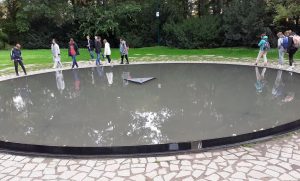 From there, we went towards the Brandenburg Gate, passing the Reichstag and the memorial for Sinti and Roma murdered under National Socialism. A special memorial in one of Berlin’s most visited areas.
From there, we went towards the Brandenburg Gate, passing the Reichstag and the memorial for Sinti and Roma murdered under National Socialism. A special memorial in one of Berlin’s most visited areas.
Video of the poem „Auschwitz“ by Santino Spinelli in sign language. The poem is part of the memorial for the murdered Sinti and Roma in Berlin.
Next stop was the “Palace of Tears” (Tränenpalast), the border crossing point at Friedrichstraße. S-Bahn and trains went to West Berlin. Citizens in the GDR did not have freedom of travel, so many families and friends had to part here.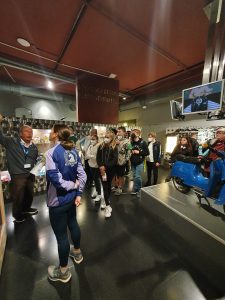
Participants explored daily life in the GDR at the DDR Museum. Many objects and reconstructed rooms „opened a small window“ to that time. After a guided hour, the day concluded at the Eastside Gallery, the longest remaining section of the Berlin Wall.
The first morning, packed up and breakfasted, we headed to the last historic site: Bernauer Straße, with an outdoor exhibition and documentation center on the Berlin Wall. The site opens spaces for commemoration and learning. Participants spoke with eyewitnesses like Mrs. Werwig-Schneider and Joachim Neumann on topics such as escape, tunnels, daily life at the wall, and imprisonment.
Then we took the train to Rügen. From the Berlin Wall to the Blue Border, a natural barrier barely passable by GDR citizens.
Departure to Prora (27.9.2022)
Arrived in Prora in the evening. Everything was dark; for Austrian and Slovenian participants, the historical site was only revealed in the dim lamp light. Everyone was excited for the next morning.
First day in Prora (28.9.2022)
Prora is said to lie at one of the most beautiful bays of the German Baltic coast. Regardless, the youth hostel location is excellent, with some rooms offering a sea view. JH Prora opened over ten years ago in one of the blocks of the planned “Kraft durch Freude Seebades Rügen.” Traces of National Socialism and the GDR are only indirectly visible. A guided tour explored this complex history. Before starting, a cherished ritual: learning sign language. The beach became our classroom and “birthplace” of various sign names.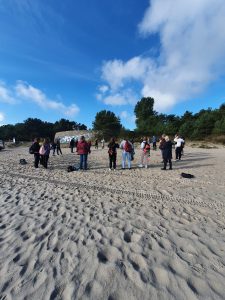
In the morning, participants focused on Prora’s memorial site; in the afternoon, group work began, processing impressions from the previous days. Of course, cognitive work goes best with snacks – cookies, cakes, and Austrian specialties provided energy.
Second day in Prora (29.9.2022)
Day-to-day project work continued. A highlight was visiting the Nature Heritage Center Rügen with the “Eagle’s Nest” treetop trail, an 80-meter-high lookout, and a slide. Great weather, amazing view, and a slide – perfect. In the evening, all participants watched the film „The Lives of Others“ at the Prora Documentation Center.
Third day in Prora (30.9.2022)
The last joint day. Preparations for presenting results and the farewell. A barbecue evening and campfire on the beach left lasting impressions.
The presentation of results allowed reflection on the week. Many experiences, much learning, and time with wonderful people. Luckily, the „Curtains and Walls“ series will continue next year in Nova Gorica, Slovenia.
Students‘ graphics at the end of the project week on the meaning of home and visions of a livable world:
The project was co-financed by the Cultural Department of Carinthia, the Youth Office of Carinthia, the SPÖ parliamentary club, ARBOS – Society for Music and Theatre, Governor Peter Kaiser, Culture and Education Minister, Youth Minister Sara Schaar, and the Chairman of the Cultural Committee of the Carinthian Parliament, Herwig Seiser.

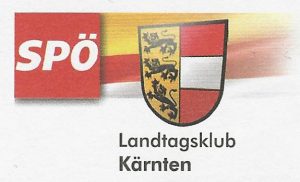
![]()
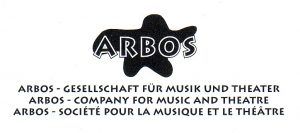
Links to ARBOS:
https://www.arbos.at/download/2019/Programm-Netzwerkmeeting.pdf


